My Backyard Native Landscape Design
Part of the reason I started Native Backyards was to share my own backyard adventures with growing native plants. We have a large landscaped area with a fountain in our backyard and that has become my prime experimentation zone for a native landscape design.
That area that has gone through a couple transformations since we moved into our San Antonio, TX home seven years ago. However, only in the last year did I become knowledgable about the importance of using native plants in our landscaping. Now I look at our backyard with an entirely new set of eyes!
Our Backyard Landscaping – Phase I (2013)
1) Overgrown and unruly!
When we first moved in, our landscaping was certainly wild. In fact it was a bit of an overgrown mess! At the time, I didn’t know much at all about the plants that were there. I was just happy to have a yard after living in apartments and condos for the previous 10 years. After a few years of trying to maintain it though, I realized that the area needed to be reigned in.
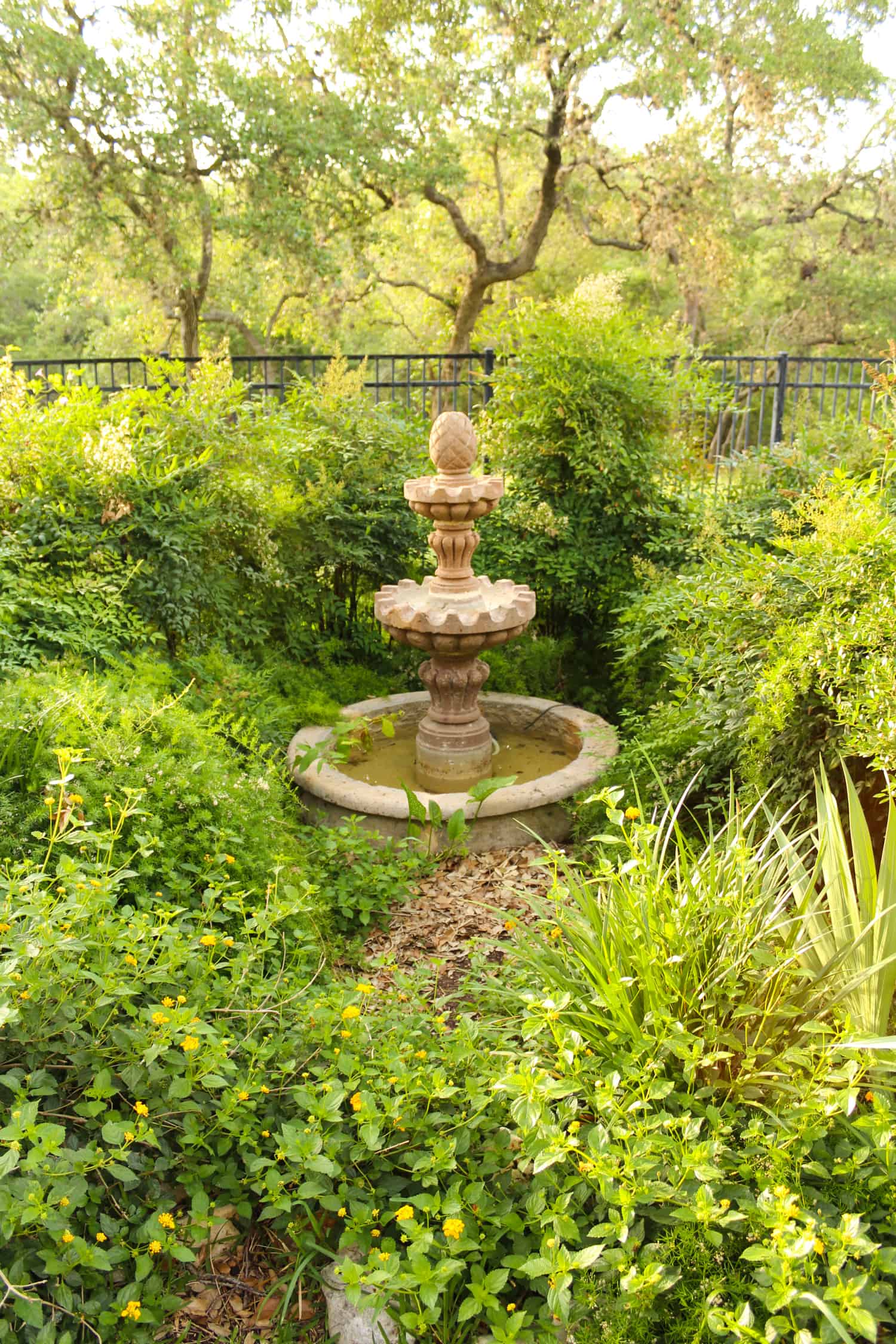
2) Lots of non-natives
I loved the fountain, but it was hard to access it and keep it clean with all the plants surrounding it. We have two nice large live oak trees in this landscaped area contained by a rock border. Surrounding them were a hodgepodge of plants that I can now identify as nandina, asparagus fern, yellow lantana, vitex (I think!), turks cap, and bird of paradise.
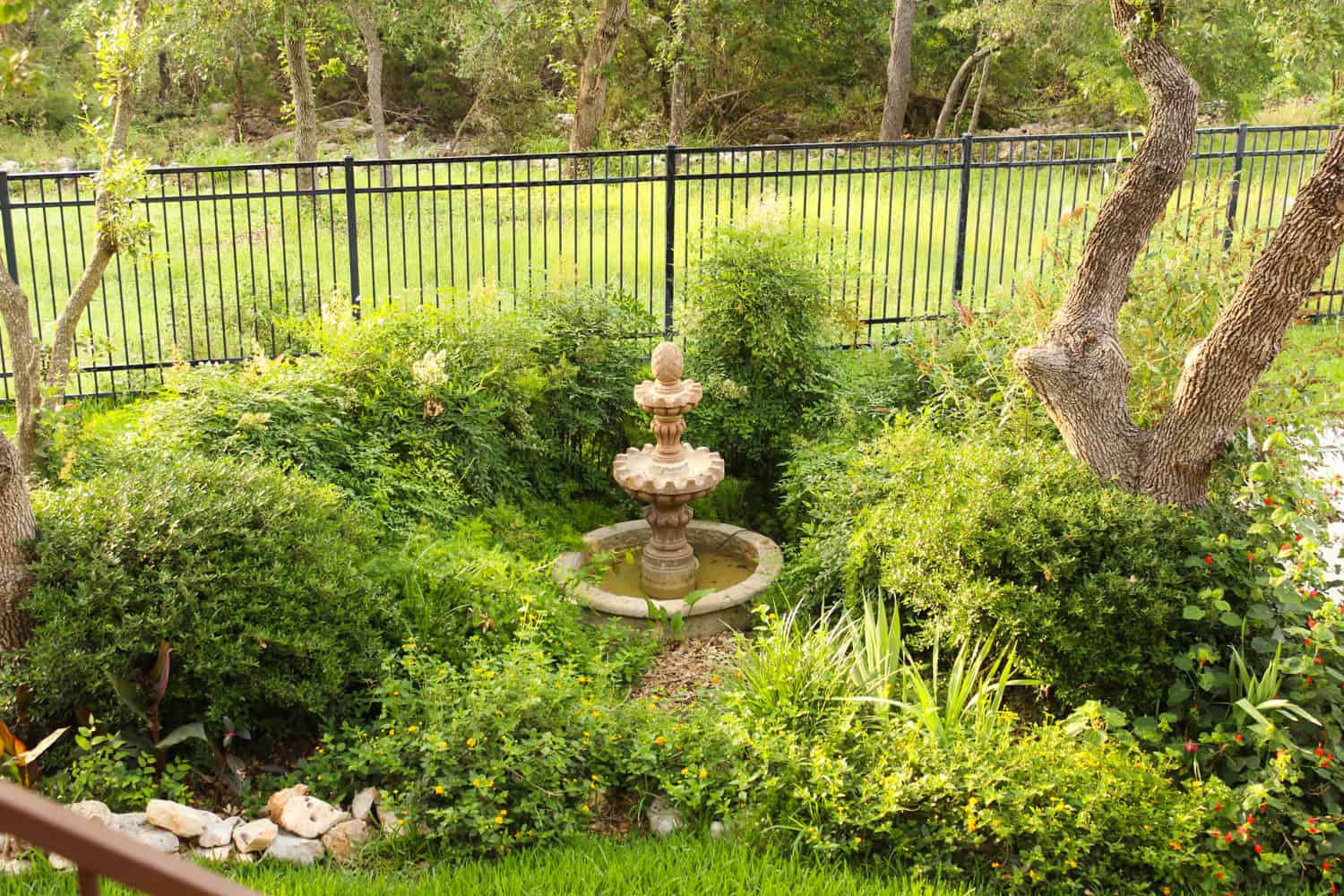
Our Backyard Landscaping – Phase II (2016)
1) More order with fewer plants and more pruning
In 2016 w1e had a landscaper come help us clean out the beds, create a path to the fountain, and make room for me to plant some annual flowers along the path. With the bed cleaned up and a clear walking path to the fountain, it was easier to enjoy the space and keep the fountain water clean for birds.
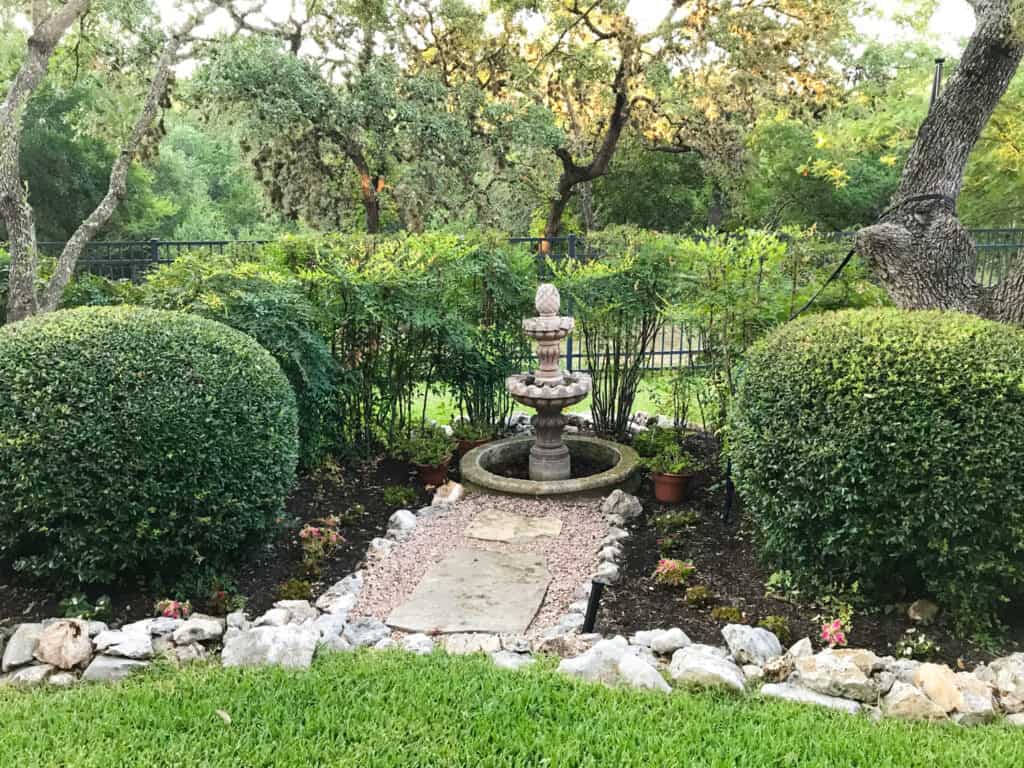
2) Nandina still creating thick wall on backside of area
Not knowing better, I had the landscaper keep the nandina bushes surrounding the fountain because I liked their red berries. Little did I know that nandina (also known as heavenly bamboo) is a non-native invasive and its berries can be toxic to birds if eaten in large quantities. I’ll be writing more about the nandina plant later this week!
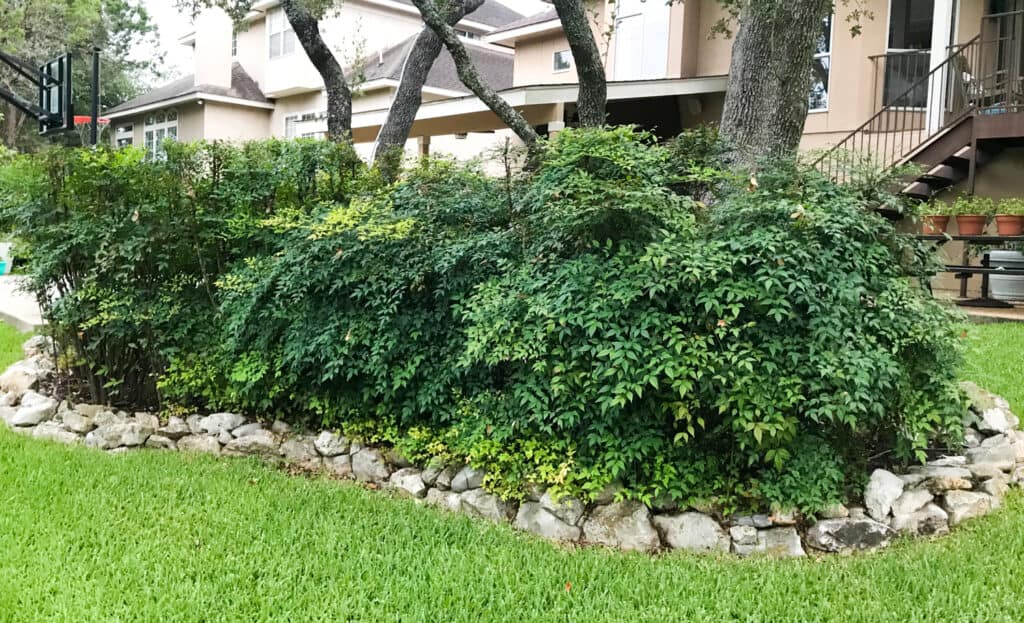
My Native Plant Garden Diagram
1) Designing a new look
This summer I attended an online native landscaping class hosted by the National Wildlife Federation. They helped us plan out and sketch a native landscape design. I learned so much that I was dying to put my design to use in our yard. Here is how my final garden diagram looked after I knew exactly what plants I would be using. I had to revise my initial design after finding that my local nursery didn’t carry all the native plants I had wanted to use:
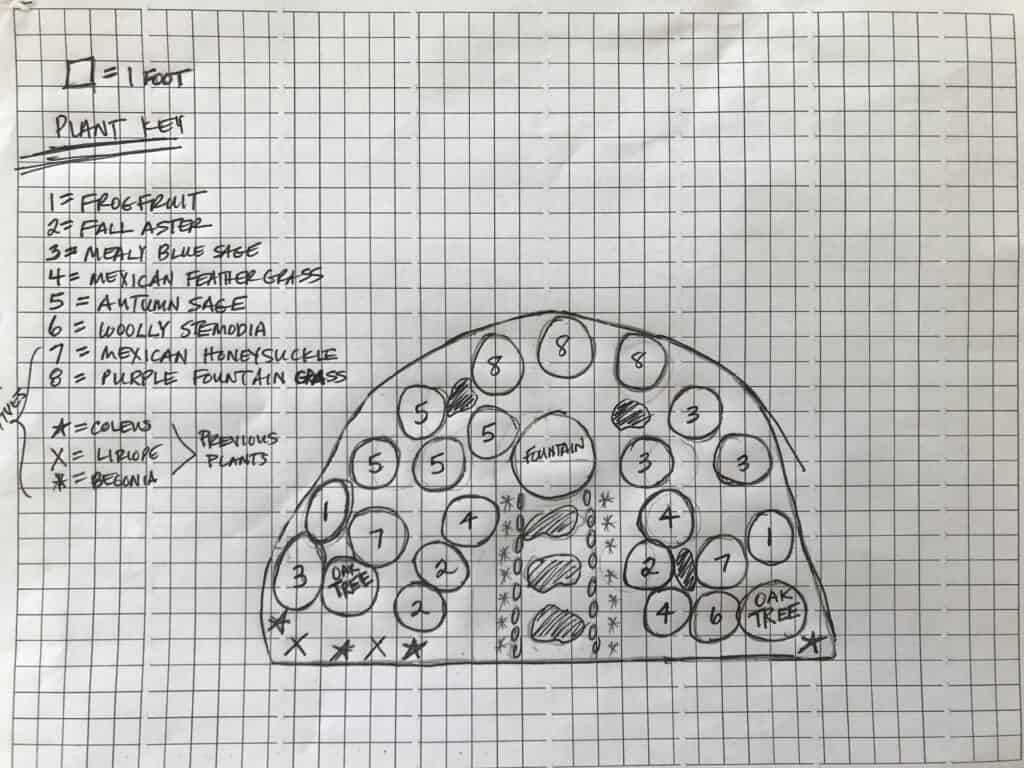
2) Making way for new plants
I felt pretty professional making my own design on graph paper! 🙂 With plans in place, I had a landscaper come in August and remove all the nandina. That is a tough job! I also had them remove the yaupon holly bushes. That may have been a faux pax on my part, as they are Texas natives and good wildlife plants. But they took up so much room and I wanted a blank canvas to work with. Here is how the bed looked with the plants removed. I had a small moment of panic, hoping I did the right thing!
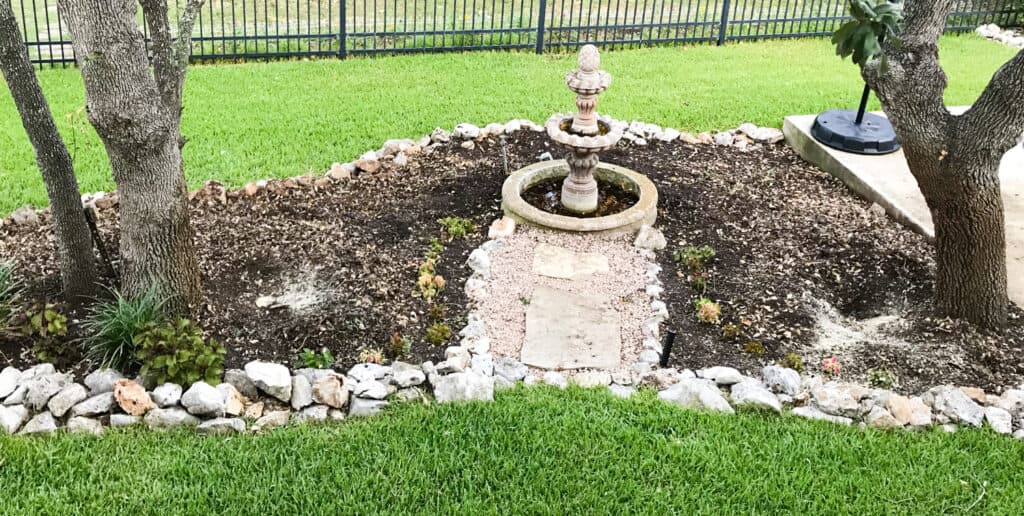
Since I was limited to what my local nursery had in stock, I ended up with a mix of native and non-native plants in Phase III of my landscape design. I am loving these native plants and plan to post more about each of them in future posts on Native Backyards:
Native Plants
- Frogfruit (flowering groundcover loved by pollinators)
- Wooly Stemodia (pretty ground cover with silver foliage)
- Fall Aster (full of bright purple blooms in the fall)
- Autumn Sage (little red blooms that last from spring to fall)
- Mealy Blue Sage (big purple blooms that last from spring to fall and always have bees on them!)
- Mexican Feather Grass (native to West Texas)
Non-Native Plants
- Mexican Honeysuckle (a good pollinator plant with small orange flowers)
- Purple Fountain Grass (Native to Africa)
- Begonia (one of the few plants that will bloom throughout Texas summers)
- Coleus (I love its colorful foliage)
- Liriope (already in the bed so I left it for now, however can be invasive in certain conditions)
Our Native Landscape Design – Phase III (2020)
1) Starting with a mix of native and non-natives
Here is how the landscaped area look shortly after the new plants when in the ground in August. One of the landscape design tricks I learned is to use groups of three of the same type of plant, so I tried to incorporate that into the design. I also love grasses so I incorporated both purple fountain grass and Mexican feather grass. They aren’t native grasses, but what was available at my nursery. Eventually, I plan to swap them out for natives. Especially since I recently learned that Mexican feather grass can be invasive. This whole native plant journey is certainly a learning process!
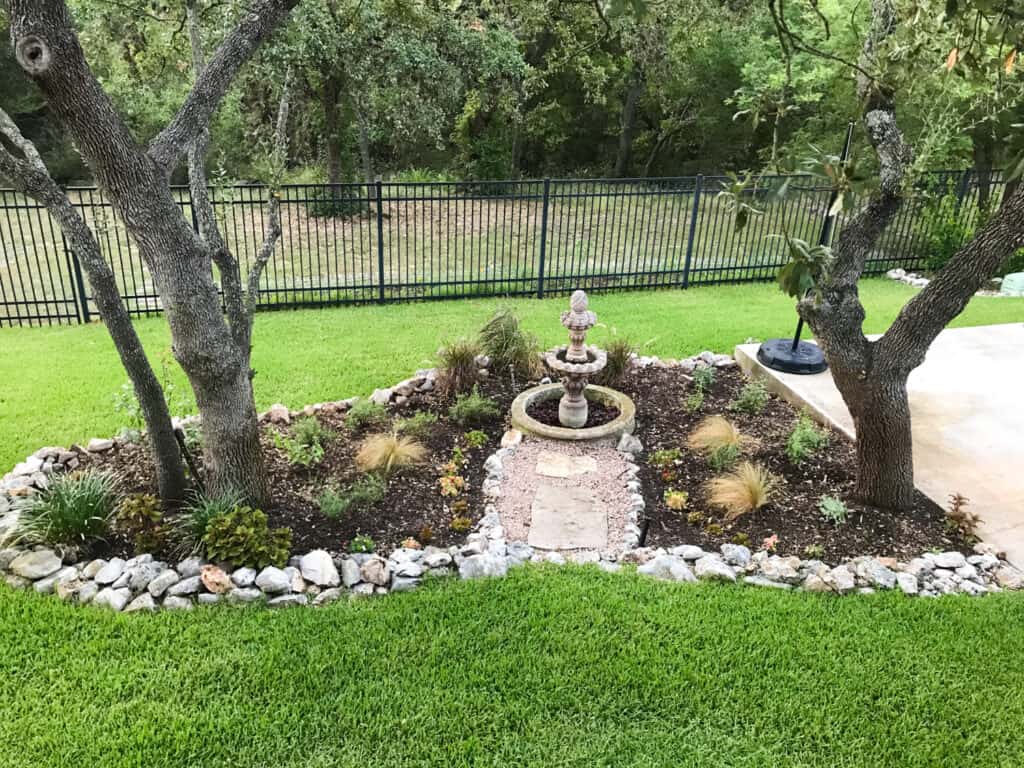
2) Watching the plants grow in and flourish!
This morning I stepped outside and took a snapshot with my phone to show you how much the plants have grown in less than three months. They certainly seem to be happy with our yard. They say native plants are easier to grow because they are adapted to local conditions, and so far that has been the case in our yard! I love how diverse the plantings are, but also still distinct.
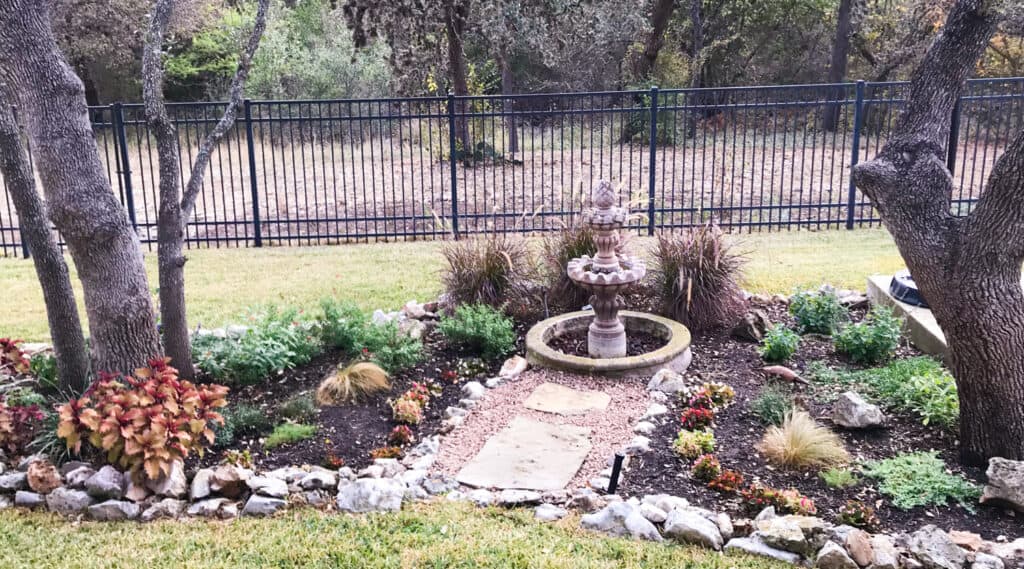
It will be interesting to see how this looks over the winter and into next year. I hope you enjoyed this tour of our backyard landscaping. Let me know if you have any questions!
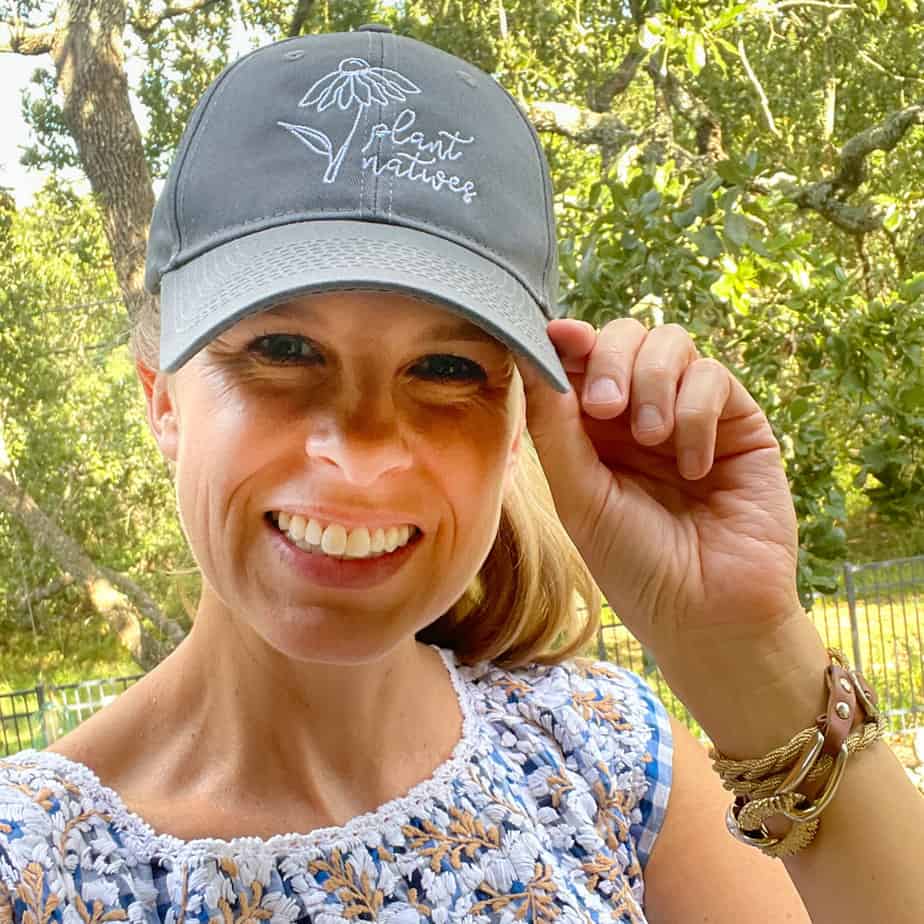
Welcome to Native Backyards! I’m Haeley from San Antonio, Texas, and I want to help you grow more native plants.
I have seen firsthand how the right plants can bring your yard to life with butterflies, bees, and birds. I’ve transformed my yard with Texas natives and I’m excited to share what I’ve learned with you.
Join my newsletter here! – each week I’ll send you helpful tips to make your native plant garden a reality!
Want to learn more about me and my garden? Check out my About page!
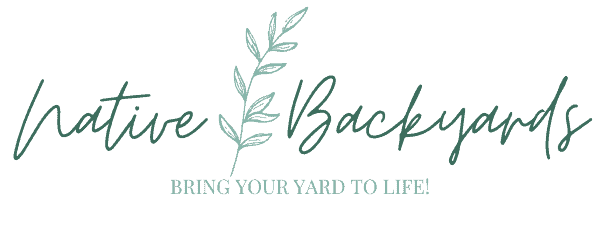
Haeley, wow, very cool and with a ton of information. It’s amazing. I am only one Nandina which I agree is not worth having. I will continue to read the rest and figure out how to keep my landscaping more with native plants and serve a purpose besides aesthics.
Super job.
Thanks so much for checking out my new site Patti! I’m glad you found the info helpful. I am learning so much about plants and their different benefits and drawbacks and I thought others would be equally interested to learn about these things too!
Thanks for your wealth of information. I live in Florida and I was just given 2 Nandina plants. I was so excited to get them because I love their foliage. Little did I know they are invasive. I still have them in their pots, so I guess I won’t be adding them to my landscape! I have a variety of birds that come to the feeders every day. I certainly don’t want to cause any of them harm.
I will research plants native to Florida. Thanks for educating your readers about the concerns of planting Nandinas.
By the way, your garden with the fountain is lovely.
Hi Sondra, thanks for your note. If you want to keep your Nandina in pots you can always clip off the berries to eliminate the risk of them spreading. I do agree that there are better native Florida options though!
Haeley–This is amazing! Are you continuing on another plot?
Thanks so much! And yes, I have started a narrow bed along a side fence in my backyard (3 ft. wide by 40 ft. long). More room for plants!
I’m wanting to convert my front yard away from turf grass and into an all native multi-planting zone habitat. Having real trouble finding the native plants that will give me the look and functionality I want. You garden does give me a few more ideas to work with. Thanks
Your plans for your yard sound exciting, Bobby! Feel free to email me at [email protected] where you are located and the sun conditions in your yard and I can try to recommend some plants.
oh wow, thanks. I’ll take you up on that. Trust me, I need all the help I can get. I’ve got a sit down planned next week with our county extension agent. He should be a lot of help as well